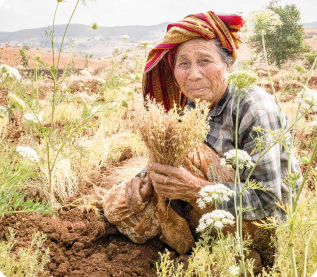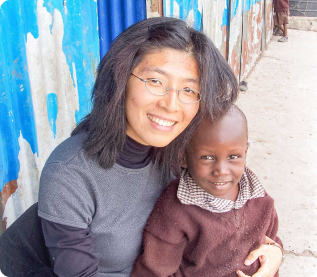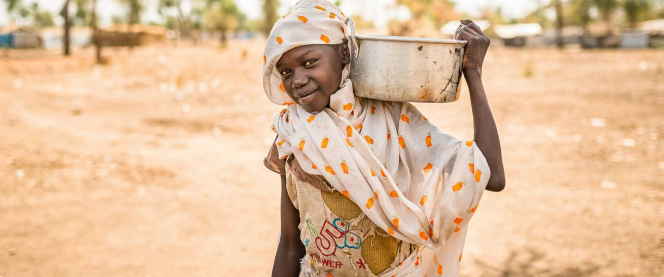Summary
Once part of the ancient Incan empire, Bolivia, in central South America, is a land of contrasts and distinctions. This landlocked country’s climate ranges from very cold to warm and steamy as the landscape changes. Two chains of the Andes Mountains in the west surround a vast highland plateau (Altiplano) where almost half of the population lives. In the east toward Brazil are the tropical lowlands of the Amazon Basin. The capital city, La Paz, sits at 3,630 meters (11,910 ft.) making it the highest capital city in the world. Bolivia’s silver attracted the Spanish in the 16th century, when they conquered and reduced the native population to slaves. Unlike other neighboring countries, Bolivia today has the most indigenous population in South America because its remoteness protected the Indians — Quechua, Aymara, Guarani and others — from European diseases. For the first time since independence from Spain in 1825, Bolivia has elected a president from the indigenous majority.
Even though Bolivia is rich in mineral and energy resources, it is one of the least developed and poorest countries in South America. It is estimated that one third to almost one half of its people live in poverty. Many of those in poverty are subsistence farmers who produce the world’s third largest amount of coca, finding it more profitable than “honest agriculture”. The discovery and export of large natural gas deposits since the early 2000s have helped the economy and are currently under state control.
Politically dominant for centuries, the Bolivian Catholic Church’s position as the national church is being threatened by the sizable increase in Protestant and other non-Catholic denominations and the current government’s encouragement of indigenous religions. A further challenge is the large number of baptized Roman Catholics, over one-half, that practice Catholicism with traditional Inca and Christo-pagan religions. The number of Evangelical Christians has risen to over fifteen percent and their influence is growing. Some form of the Bible is available in most Bolivian languages, but illiteracy prevents many from reading it. Bolivia is changing politically and many are unsure of the future, but each day they live with the poverty and the resulting social issues. The message of the Bible and the hands of the local churches and Christian missions are working to bring hope with programs that display the love of Christ.




